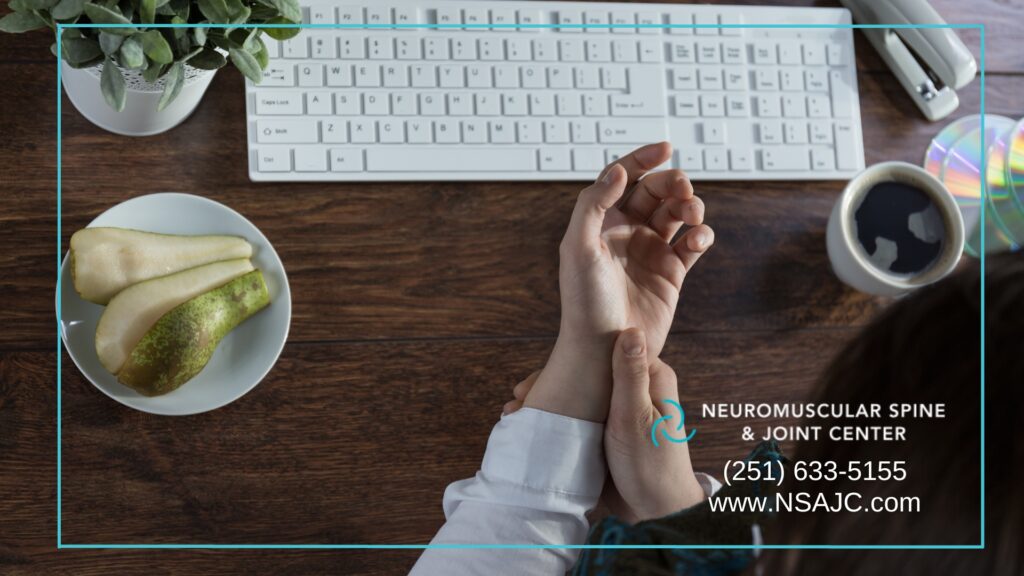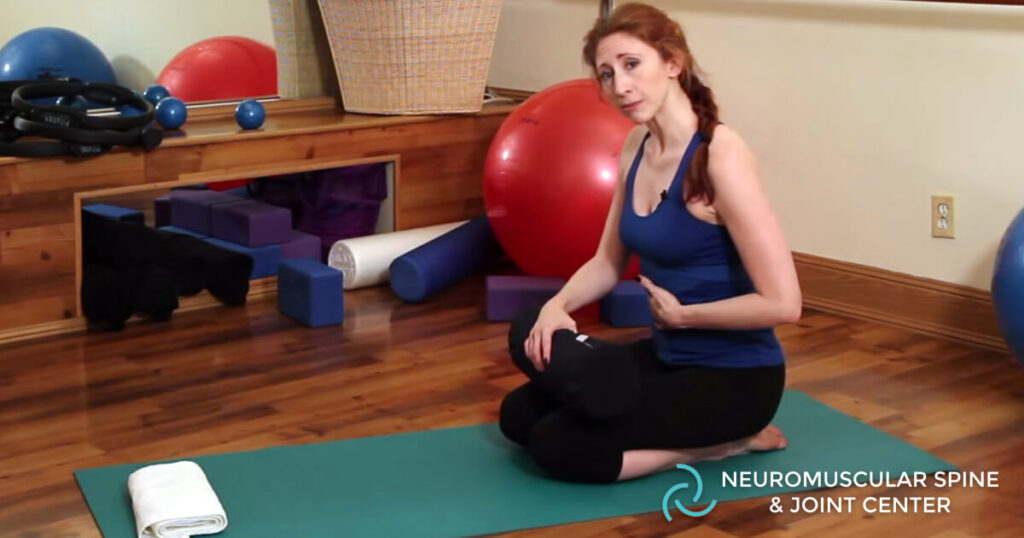Carpal Tunnel Syndrome: Exercises

Here are some examples of typical rehabilitation exercises for Carpal Tunnel Syndrome. Start each exercise slowly. Ease off the exercise if you start to have pain. Your doctor or your physical or occupational therapist will tell you when you can start these exercises and which ones will work best for you. How to do the […]
Acute Low Back Pain: Exercises

Here is an example of typical rehabilitation exercise for acute low back pain. Start the exercise slowly. Ease off the exercise if you start to have pain. Your doctor or physical therapist will tell you when you can start these exercises and which ones will work best for you. When you are not being active, find a […]
Carpal Tunnel Syndrome: Exercises
Here are some examples of typical rehabilitation exercises for Carpal Tunnel Syndrome. Start each exercise slowly. Ease off the exercise if you start to have pain. Your doctor or your physical or occupational therapist will tell you when you can start these exercises and which ones will work best for you. How to do the […]
Sacroiliac Pain: Exercises
Here are some examples of typical rehabilitation exercises for your condition. Start each exercise slowly. Ease off the exercise if you start to have pain. Your doctor or physical therapist will tell you when you can start these exercises and which ones will work best for you. How to do the exercises Knee-to-chest stretch Do […]
Low Back Arthritis: Exercises
Here are some examples of typical rehabilitation exercises for low back arthritis. Start each exercise slowly. Ease off the exercise if you start to have pain. Your doctor or physical therapist will tell you when you can start these exercises and which ones will work best for you. When you are not being active, find […]
Neck: Exercises
Here are some examples of typical rehabilitation exercises for your condition. Start each exercise slowly. Ease off the exercise if you start to have pain. Your doctor or physical therapist will tell you when you can start these exercises and which ones will work best for you. How to do the exercises Note: Stretching should […]
Neck Strain or Sprain: Rehab Exercises
Here are some examples of typical rehabilitation exercises for neck strain or sprain. Start each exercise slowly. Ease off the exercise if you start to have pain. Your doctor or physical therapist will tell you when you can start these exercises and which ones will work best for you. How to do the exercises Neck […]
Neck Spasm: Exercises

Here are some examples of typical rehabilitation exercises for neck spasms. Start each exercise slowly. Ease off the exercise if you start to have pain. Your doctor or physical therapist will tell you when you can start these exercises and which ones will work best for you. How to do the exercises Levator scapula stretch […]
Neck Arthritis: Exercises
Here are some examples of typical rehabilitation exercises for neck arthritis. Start each exercise slowly. Ease off the exercise if you start to have pain. Your doctor or physical therapist will tell you when you can start these exercises and which ones will work best for you. How to do the exercises Neck stretches to […]
Senior Citizen Back Strengthening Exercises

Exercise is important for senior citizens to help strengthen and add motion to muscles and joints and to improve posture. In this video, Evelyn White guides you through some back strengthening exercises for senior citizens. Back strengthening exercises are important for lifting up or extending the back. Lay flat on the floor with a pillow […]
